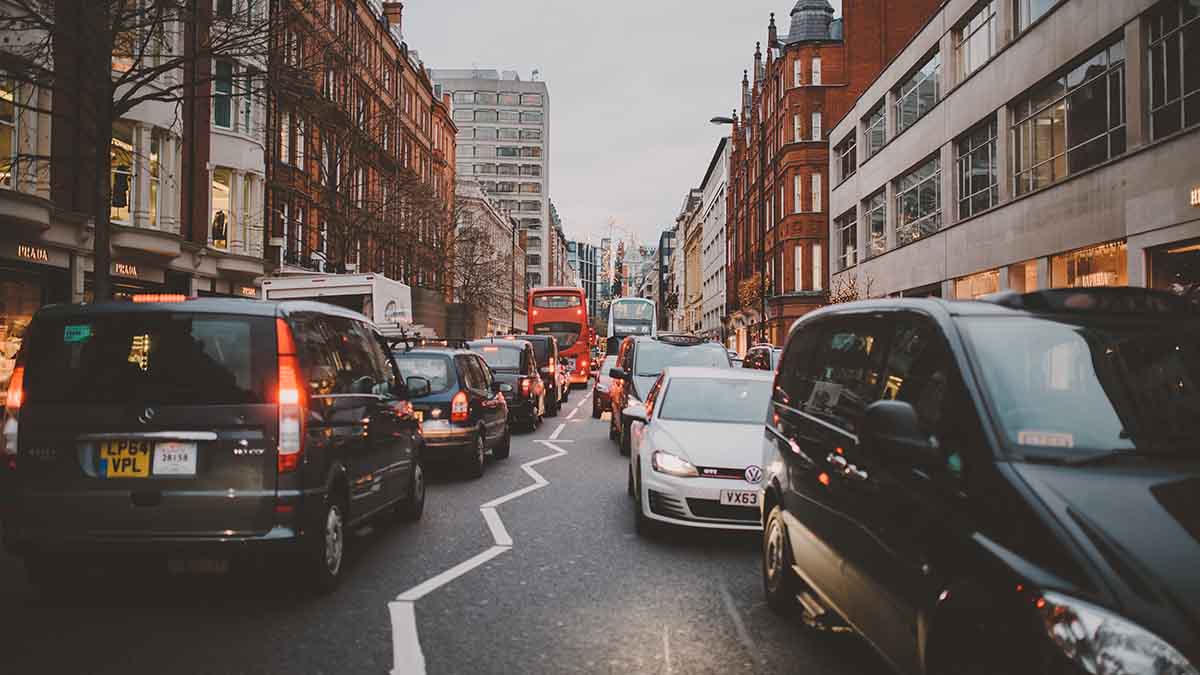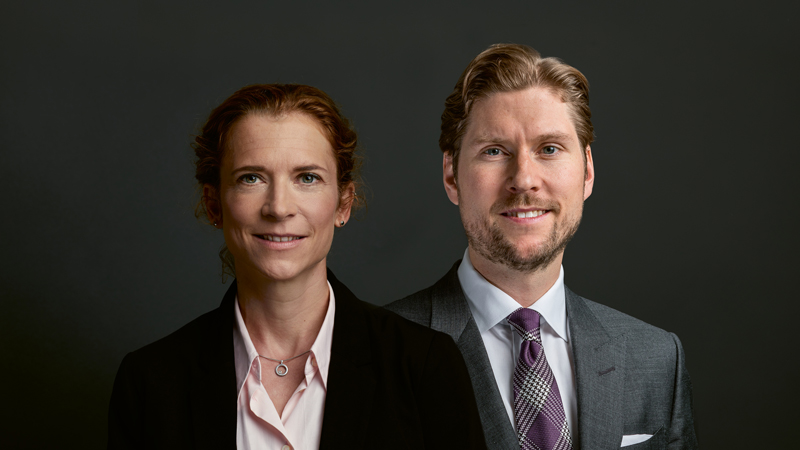London bans cars for a day. Why not forever?
On September 22, 2019, many of the British capital's major roads closed to cars. But other cities have taken far more drastic action, and they're already seeing results.
For decades, technology has been trying to solve our car problem. We’ve got electric cars, autonomous cars, and for some reason, flying cars. But what if the best thing we could do with cars is get rid of them altogether?

©WIRED
Cities across the world have been testing this theory in various forms. New York recently became the first US city to implement a congestion charge. In January, Milan started rolling out a series of diesel car bans, while Bogota has been restricting car use since 1998, when people’s clothing started getting dirty just from being outside. London added an ultra-low emissions zone this year to keep dirtier cars out of the center, and on Sunday, September 22, 2019, the city went car-free for the first time. Twenty kilometers of central London roads were shut completely, while major routes such as Bishopsgate and London Bridge were bus-only. The Car Free Day wasn’t a city-wide shutdown, but more of a gesture to raise awareness about London’s air quality issues and the city’s focus on sustainable transport.
“London's air pollution is killing us,” mayor Sadiq Khan tweeted earlier this year. More than 9,000 premature deaths are linked to London's dirty air each year – it's a certified health crisis. But that’s sometimes what it takes to get initiatives going.
Dead birds fall from the sky
Mexico City has had car restrictions in place since the late 1980s, when people reported seeing birds falling from the sky because of the pollution levels, and just breathing the air was dangerous (a day’s worth of breathing was equivalent to smoking two packs of cigarettes). “Because of the crisis, some very brave and audacious policies were introduced,” says Gonzalo Peon, Mexico Deputy Director at the Institute for Transportation and Development Policy, a US-based NGO focused on sustainable transport. One of those policies was Hoy No Circula (No-Drive Days), a program that restricted car use across the city.
“The government basically said, ‘You can’t drive’,” says Kate Blumberg, Mexico country lead at the International Council on Clean Transportation. They weren’t thinking about new technologies or innovative maneuvers; “it was just about getting cars off the road because there was an air quality crisis.”
For Mexico City, the car ban worked just enough to get the city out of crisis, with carbon dioxide levels initially dropping by 11 per cent. So, in an attempt to make a bigger dent in the city’s air pollution issue, the government made the restrictions permanent. It sounds good on paper, but, as Blumberg says, “unless policies like this are very carefully designed, you have to be aware of unintended consequences.”
The cleanest cars are allowed to drive
In the Hoy No Circula program, each car is assigned one day a week when it cannot be used - but these restrictions are based on the license plate, not the driver. Once the extreme crisis was over, the system became unpopular. The public thought restrictions no longer seemed necessary, so they found a loop-hole: a second car. “They would just buy an old car so they could drive every day,” says Blumberg. “Then maybe their son or wife, someone who didn’t already have a car, would use that car too.”
It was a major step backwards. Peon says: “It incentivized people not to have a cleaner fleet, but an older, bigger fleet, so they could use a car all the time.”
Now Mexico City's system has evolved to include bi-annual maintenance and emissions checks. The cars deemed the cleanest are exempt from the plate restrictions, except in emergency situations, turning the incentive to have two cars into an incentive to have one cleaner vehicle. This has made a difference. Mexico City’s air pollution has more than halved over the past 20 years. But that impact can’t be attributed solely to Hoy No Circula – car restrictions can’t solve air quality problems on their own.
Putting a band-aid on a bullet wound?
Taking cars off the road temporarily provides an easy, short-term air quality boost, but it’s like putting a band-aid on a gunshot wound – the bigger the band-aid, the better, but eventually you’re going to need more help. In Paris, for example, levels of nitrogen in the air dropped by 40 per cent four years ago when the city banned cars from the center for one day. But that didn’t last long – less than six months later, Paris was named the world’s most polluted city. Now, even though these no-car days happen once a month, the French capital still has a big smog problem.
It is possible, however, to turn car bans into a more lasting fix. Last year, Madrid banned all cars from its city center permanently and fined anyone who broke the rule. Big change equals big result: according to activist group Ecologists in Action, nitrogen levels in the center dropped by 48 per cent in six months because of the ban.
Read the full article here.
About the author
Sophia Epstein is a staff writer at WIRED, UK
Our great sense of curiosity at Vontobel means we are attentively following scientific research in many key areas. This helps us recognize new investment opportunities early on. That’s why our thematic portfolios and thematic investments also reflect megatrends such as digitization, as we consider companies that are making valuable contributions to solving global challenges.
I am interested in thematic investments
I am interested in thematic funds
Who are we? How do we live today? And how will digitization change our lives? How the future will unfold is preoccupying society more than ever, with engineers, doctors, politicians – each one of us, in fact – seeking answers. This report on big-city driving bans is one of many contributions that shed light on the theme “Digitized Society” from a new, inspiring perspective. We are publishing them here as part of our series “Impact”.








